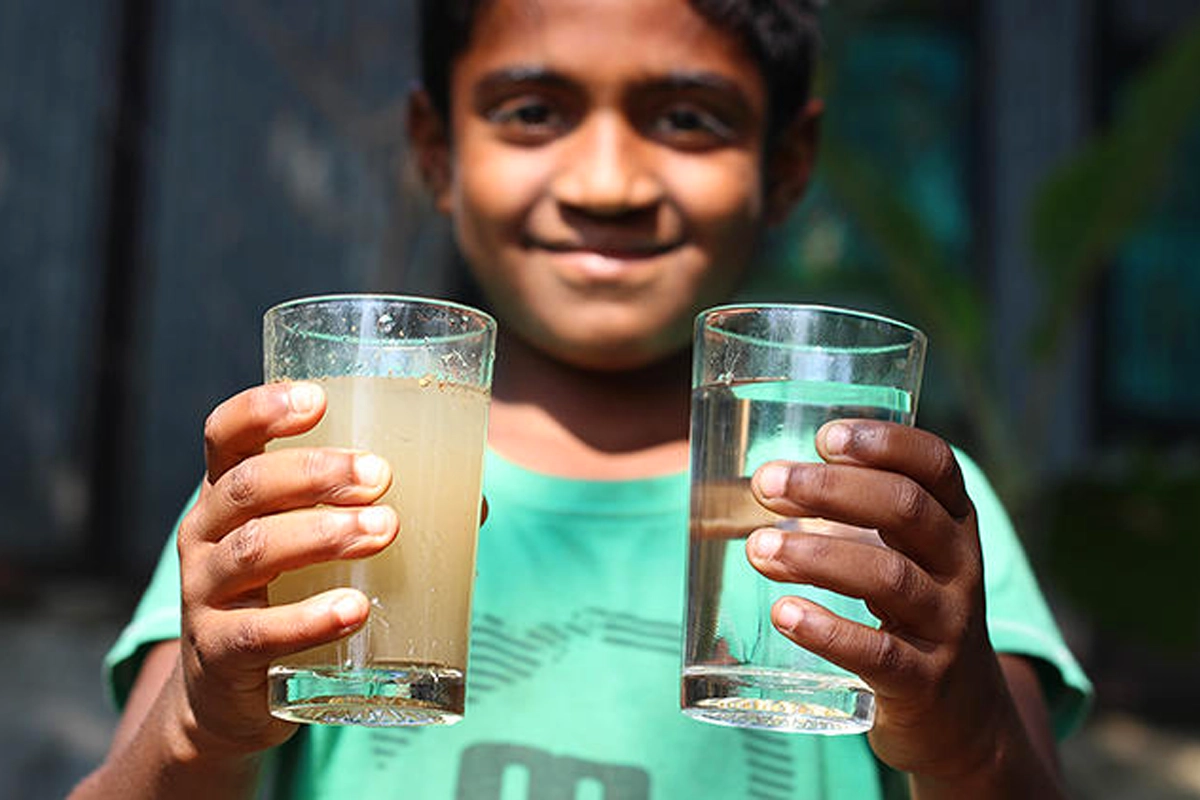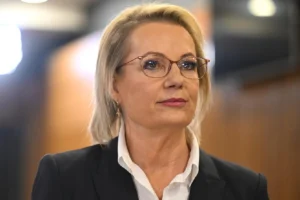An explainer released today on the 17th anniversary of the United Nations Declaration on the Rights of Indigenous Peoples by the Australian Academy of Technological Sciences and Engineering (ATSE) outlines the ongoing challenges to providing safe water to Aboriginal and Torres Strait Islander communities.
Current water quality statistics do not include any regional and remote Aboriginal and Torres Strait Islander communities, with around 8% of the Australian population in total excluded from clean water reporting. The threshold of at least 10,000 water connections for national reporting means that Aboriginal and Torres Strait Islander communities across regional and remote Australia, which all comprise fewer than 7,000 residents, are not included in the national statistics.
While we know that most Australians have almost universal access to safe drinking water, we don’t know the extent of the inadequate supplies of safe drinking water and water for sanitation across many Aboriginal and Torres Strait Islander communities.
ATSE’s explainer, Closing the Water Gap — Water, Sanitation and Hygiene for Aboriginal and Torres Strait Islander Communities, found that many of these communities experience significant and ongoing challenges related to adequate and safe drinking water, including issues of water supply security, quality, and asset maintenance and reliability. These challenges manifest in poor health outcomes, including heavy metal poisoning, microbial contamination, kidney inflammation and eye infections.
ATSE’s CEO Kylie Walker said, “Access to clean, safe water for drinking and sanitation is a human right. Australia needs to deliver safe water to all residents. We should be collecting appropriate statistics that reflect the reality of water supply and can inform proper evidence-based responses to this national challenge.
The explainer makes it clear that understanding the specific water needs and capacity of any Aboriginal and Torres Strait Islander community is a crucial first step in designing, delivering, and maintaining improved water services — this means early empowerment and collaboration with the community and local contacts who are knowledgeable about water supply issues in remote communities.
“Effectively resolving the myriad of health problems that poor water quality causes in communities will require Aboriginal and Torres Strait Islander people to be at the centre of decision-making, consultation and collaboration with their own communities.
“The future of clean water for Aboriginal and Torres Strait Islander communities needs to build on Traditional Knowledge and local expertise, as well as contemporary science and best-practice approaches. Novel technologies for water treatment that are appropriate for the local context will be critical,” said Kylie Walker.
Closing the Water Gap also recognises the need for water treatment technologies to be developed that are relevant to each community, such as systems that are less reliant on chemical input and complex treatment processes. New technologies can be harnessed to ensure that the objectives of culturally appropriate management, economic participation, design, delivery and maintenance are met.












